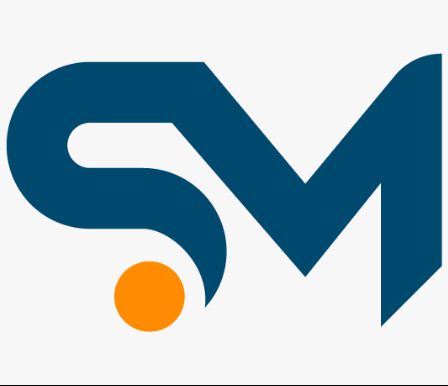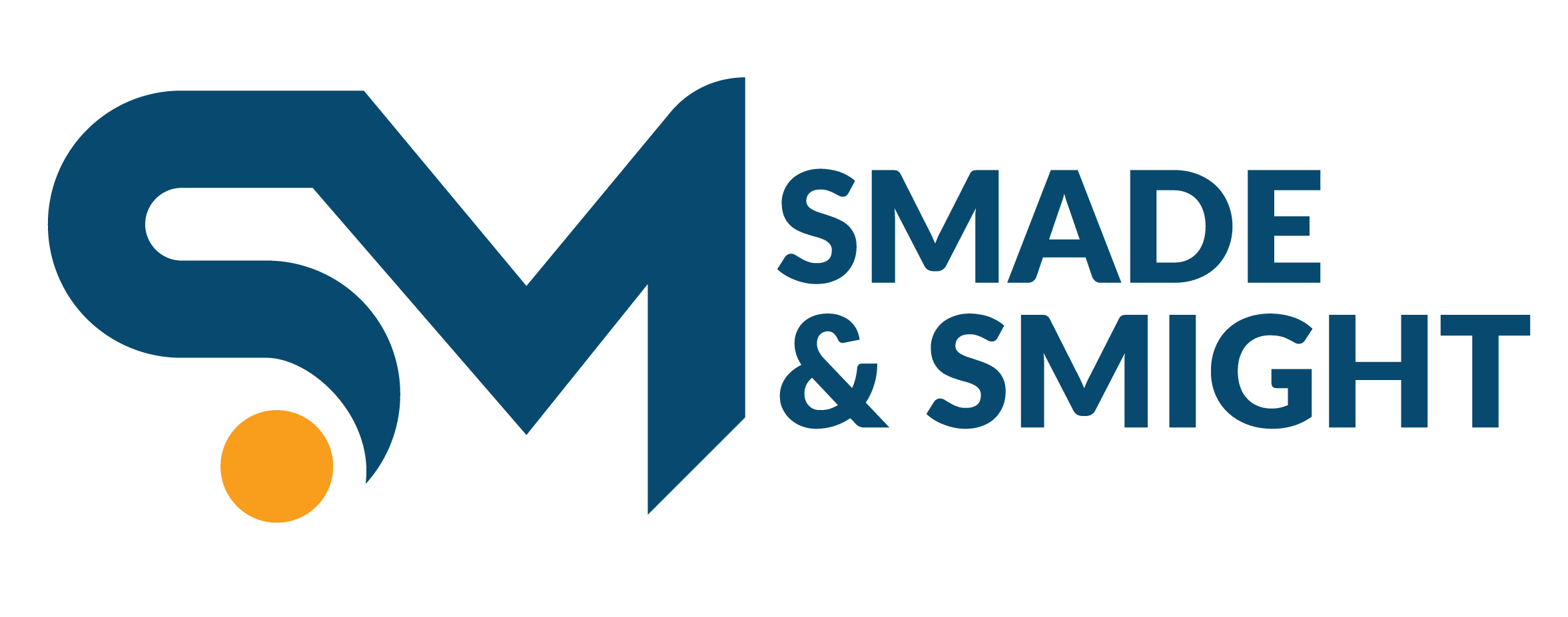An effective agenda for a board meeting sets the tone and ensures that the meeting accomplishes its goals. It outlines the flow of the topics and allows the opportunity to discuss new ideas. Following the agenda items helps to limit off-topic discussions and ensures all important topics get adequate time. The order of agenda items reflects the importance of each topic to the success of the organization.
Begin the meeting by discussing first the most difficult topics. This strategy energizes your board and keeps them sharp in their minds, and helps you feel more prepared to tackle crucial subjects.
In this section key department and committee head members share relevant reports and updates. The executive director typically presents the first report and then follows by any other relevant committee reports. The sharing of these reports gives the board an overview of the organization’s health and helps them align their decisions with their strategic goals.
Board members often bring unexpected insights to discussions. In the absence of these insights, they could result in missed opportunities and suboptimal decision-making. On the agenda is this open floor session encourages participation and allows for a variety of perspectives that contribute to well rounded outcomes.
Depending on the size of your board, you may want to consider giving a certain amount of time for each agenda item. This will limit the duration of discussions and let you know whether or not it’s necessary to transfer an item to another committee. This is particularly useful when dealing with time-sensitive issues that require a swift decision.


